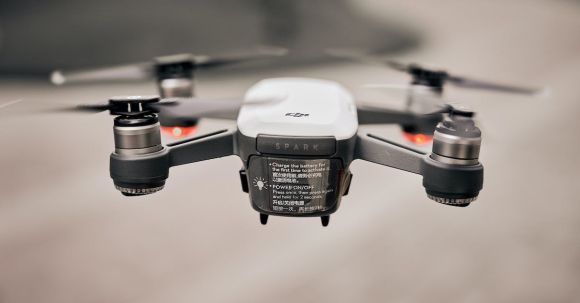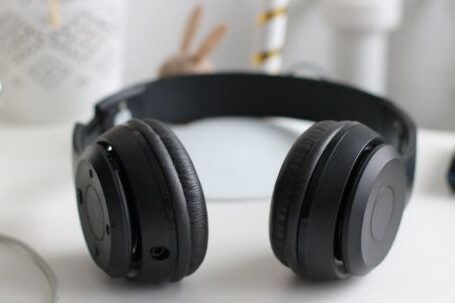Drones have become increasingly popular in recent years, with their ability to capture stunning aerial footage and perform a wide range of tasks. However, many people wonder if there are drones that are capable of flying indoors. In this article, we will explore the world of indoor drones and discuss the technologies that make them possible.
The Challenges of Indoor Flight
Flying a drone indoors poses several challenges that are not present when flying outdoors. One of the main challenges is the lack of GPS signal, which drones rely on for navigation and stabilization. Without GPS, drones need to rely on other technologies to maintain stability and control their flight. Additionally, indoor environments often have obstacles such as walls, furniture, and people, which can pose a risk to the drone and those around it.
Technologies for Indoor Flight
To overcome the challenges of indoor flight, drones are equipped with a variety of technologies that enable them to navigate and operate safely in confined spaces. One such technology is visual positioning systems (VPS), which use cameras and sensors to detect and track objects in the environment. VPS allows drones to create a map of their surroundings and use it for navigation and obstacle avoidance.
Another technology used in indoor drones is sonar sensors. These sensors emit sound waves and measure the time it takes for the waves to bounce back, which allows the drone to calculate its distance from objects. Sonar sensors are particularly useful in low-light conditions or when there are obstacles that are difficult to detect visually.
Indoor drones also make use of infrared sensors, which detect heat signatures and can be used to identify objects and obstacles that are not visible to the naked eye. Infrared sensors are particularly useful for detecting people and animals in the drone’s path.
Applications of Indoor Drones
Indoor drones have a wide range of applications, from entertainment and photography to industrial inspections and search and rescue operations. In the entertainment industry, indoor drones are often used to capture unique and dynamic shots for films, commercials, and music videos. Their small size and maneuverability allow them to navigate tight spaces and capture shots that would be impossible with traditional camera setups.
In the industrial sector, indoor drones are used for inspections of confined spaces such as pipelines, storage tanks, and industrial machinery. These drones can be equipped with specialized cameras and sensors to detect and identify potential issues such as leaks, cracks, or structural damage.
In search and rescue operations, indoor drones can be deployed to locate missing persons in collapsed buildings or other hazardous environments. Equipped with thermal imaging cameras and other sensors, these drones can quickly scan large areas and provide real-time data to search and rescue teams.
Conclusion: The Future of Indoor Drones
As technology continues to advance, we can expect to see even more capable indoor drones in the future. From improved navigation systems to more advanced obstacle avoidance algorithms, these drones will be able to operate with greater precision and safety. Whether it’s capturing breathtaking footage or performing complex tasks, indoor drones have the potential to revolutionize a wide range of industries. So, the next time you find yourself indoors, don’t be surprised if you see a drone buzzing around, capturing moments that were once only possible from the ground.




